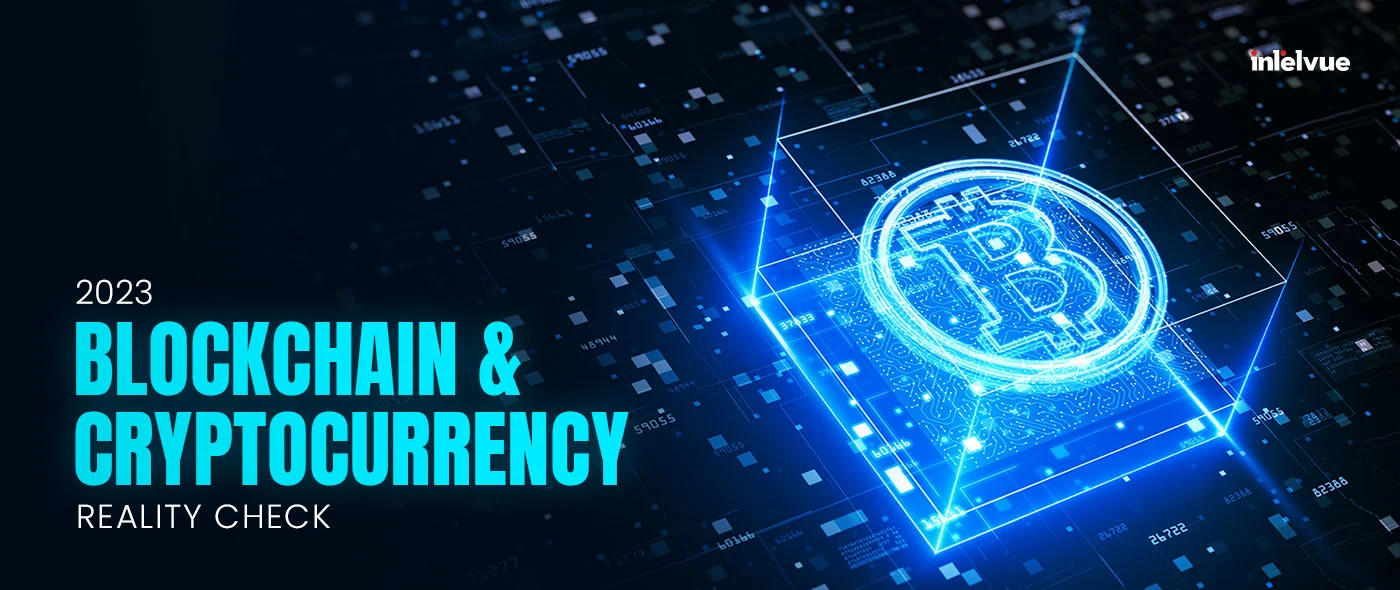
Can the blockchain and cryptocurrency industry overcome its most recent obstacles? Before we discuss what the present and future looks like for this industry, let’s first give a brief intro of both blockchain and cryptocurrency.
What is Blockchain?
The first decentralized blockchain, launched in 2008, was created by Satoshi Nakamoto. We don’t know whether this is a pseudonym for a group of people or a real person.
Blockchain is a smart technology that aids the creation of cryptocurrency. It is a distributed digital ledger of records across a network called blocks. These blocks record transactions across different computers. This decentralized technology ensures every block can be amended retroactively with the amendment of all subsequent blocks. This technology allows users to do transactions without involving any central authority, like a bank.
According to a survey by Deloitte, the most frequent use cases for this emerging technology for organizations worldwide include Digital Currency (40%), Data Reconciliation (35%), and Data Access & Sharing (31%). Other everyday use cases include Identity Protection (31%), Payments (30%), and Tracking and Tracing (27%).
Previously, the Global Blockchain Technology market was estimated to grow by $3.29 billion from 2022-2025, progressing at a CAGR of almost 36.41% during the forecast period.
The technology is significantly reducing the trust cost between companies and individuals, making the business more convenient to do, cost-effective, and not as risky. In addition, it ensures that a digital asset cannot be cloned infinitely, making the NFTs exist.
What is Cryptocurrency?
Cryptocurrency is a monetary medium, like a Euro. Still, the difference is that it’s digital-only and depends on encryption technology like blockchain to moderate the creation of crypto monetary units and verify the transfer of funds.
The best-known cryptocurrency is ‘Bitcoin,’which has been on a wild ride since its inception in 2009. Bitcoin is a digital currency based on blockchain technology, so it works without the intervention of a bank or any other third party. It can be sent directly from one user to another on the peer-to-peer bitcoin network. Its transactions are verified via a public blockchain record.
To generate new bitcoins and verify recent transactions, ‘mining’ is done. Bitcoin mining is a record-keeping service using loads of computer processing power. As a result, Bitcoin and blockchain miners keep the blockchain unwavering, complete, and immutable.
How was 2022 for Blockchain and Cryptocurrency?
A series of breakthroughs and wins in 2021 gave immense hope to crypto enthusiasts for the coming years. But unfortunately, last year was a tumultuous period for the crypto industry. In 2022, the crypto industry suffered quite a few blows with the start of a new ‘crypto winter’ with prices of digital currencies crashing and high-profile companies collapsing.
Last year’s events took many investors by surprise, making it harder to predict the price of Bitcoin.
Nonetheless, it won’t be accurate to conclude that the crypto industry suffered only losses during 2022. We witnessed more mainstream crypto adoption, with a much more significant presence in world-famous sporting events such as FIFA World Cup Qatar 2022 and The Super Bowl. Reports from last year reveal that crypto companies spent $54 million, in total, on Super Bowl ads.
From extravagant crypto events to productive conferences held across the globe, crypto’s prominence in the financial sector somewhat progressed in 2022.
What to Expect for 2023?
The crypto and blockchain industry is still in its infancy and has much untapped potential. Despite the numerous changes in the industry during 2022, it’s critical to distinguish between technology flaws and human errors. Industry experts observe that last year’s failures were not due to flaws in blockchain technology but poor decision-making and impaired judgment.
We can expect improved global regulations and compliance on cryptocurrency in 2023. Refining regulations globally will be inevitable to ensure safer custody of cryptocurrencies.
As the institutional adoption of crypto increases and regulatory frameworks become more transparent, we expect the mainstream adoption of blockchain to gain momentum. That’s because establishing set regulations will build investor confidence and bring certainty to the situation.
A research report released by the Bank of America (BAC) reveals that real-world applications have accelerated the adoption of blockchain technology. As a result, more businesses and organizations are showing interest in blockchain technology and its potential across several industries.
Bitcoin is a reliable indicator of the direction of the cryptocurrency market, given its status as the most valuable cryptocurrency. Although the value of Bitcoin and the crypto market dropped when the market entered the ‘crypto winter’ phase in 2022, there is still hope. The value of the cryptocurrency market is undoubtedly lower than in 2021, but the entire market value of digital assets is still US$880 billion, more than double what it was in 2020.
We continue to witness the ups and downs of Bitcoin and crypto. But industry experts know that macro uncertainties and the current lull period won’t last indefinitely. Nevertheless, companies with sufficient resources will tide through this phase and benefit from the crypto and blockchain industry in 2023 and 2024.
What Do Current Trends Indicate?
The good news is that 2023 will likely be a year of ongoing innovation and steady growth for the crypto and blockchain industry. According to analysts, blockchain technology will influence the economy and society as blockchain technology advances. In addition, the year 2023 is going to be a year of transition for the industry as more companies and people will adopt Web 3 technologies.
We also predict that consumer/luxury businesses and Web3 personalities will collaborate to explore new customer touchpoints and commerce models.
In addition, conversation AI will lead to a much-improved crypto-client experience, enabling machines to manage conversations and make deals.
According to IDC, the International Data Corporation, global spending on AI will hit the $57.6 billion mark by this year. In addition, nearly 51% of businesses will transition to AI with blockchain integration.The blockchain and cryptocurrency industry is an evolving sector, and future technology trends will reveal its actual impact on Metaverse, IoT, and NFTs.